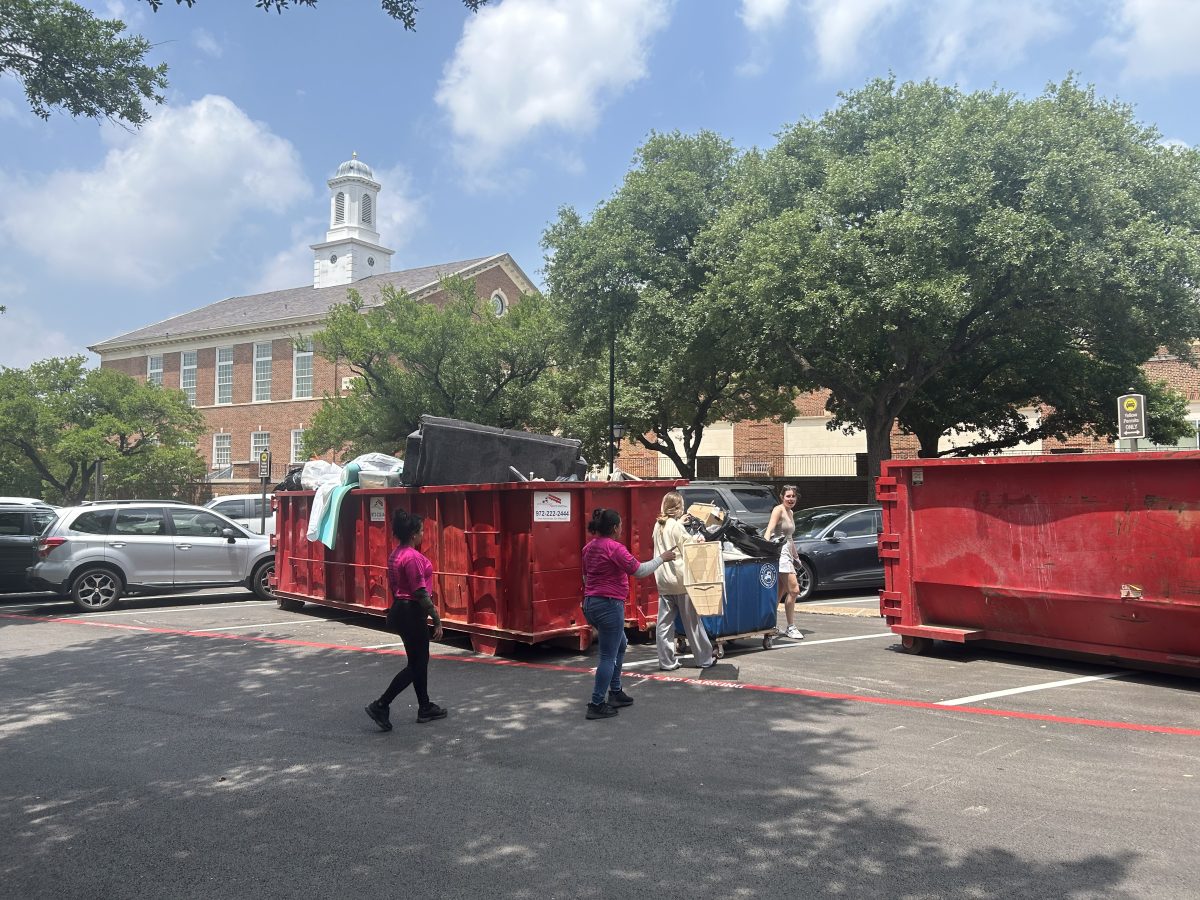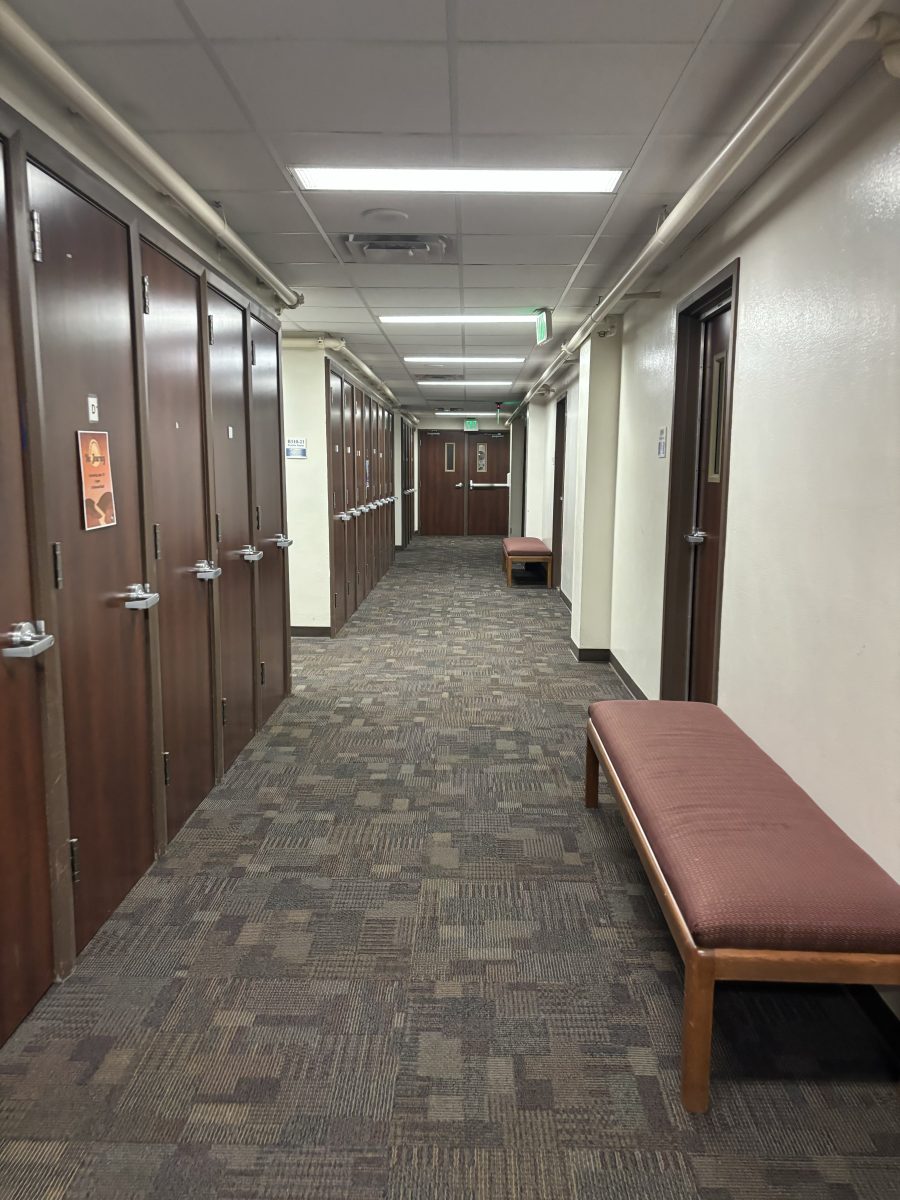We attend a prestigious university that builds in reputation and character every year. One of the most fundamental foundations of a great university is the quality of its students. Regardless of whether you study history, chemistry, dance or finance the topic this column addresses concerns you.
The topic is investments, Wall Street, cash flows, credit markets, M&A… yes, I’m talking about the financial markets and the impact they have on your life regardless of your interest in them. I don’t think it’s too bold to say that in order to be considered intelligent, you need to have some basic understanding of how business is conducted in the world today. I would love to help promote a basic understanding of how we got to the current state of economic turmoil with regards to the historic events that have occurred in the last 20 months. It is a hefty task: so I warn you that it will not be comprehensive, and if you’ve studied finance it may be darn-right boring. But my goal is not to reach the people I go to class with, but to educate, in the smallest way, those students at SMU who have either yet to care, or yet to understand what’s been going on in our economy.
Who to blame for this mess will be the subject of a myriad of future congressional hearings. After spending millions of dollars investigating the whole sub-prime disaster, I am not alone in thinking it will come down to this simple conclusion: lenders got too aggressive and borrowers got in over their heads. In a nutshell: risky loans ended up being risky. Who would have thought! However, this article is not finished and you might want to continue reading.
What just made writing about this topic even easier is the fact that our Federal Reserve Chairman, Ben Bernanke, recently gave a speech at Morehouse College in an almost classroom type, Financial Crisis 101, format. I will use Bernanke’s speech as the basis for this column, and will elaborate on a few things to provide additional insight and clarification that may be helpful in letting it all sink in. Direct quotes from Bernanke’s speech will be in quotations, and other sources will be cited as necessary. I do not claim to have come up with these answers myself – I will give credit where credit is due. I have a passion for understanding things – particularly the financial and capital markets of which I consider myself a perpetual student, which, in my case, consists of a lot of reading, thinking, and asking questions. Let’s begin.
“At the most basic level, the role of banks and other financial institutions is to take the savings generated by households and businesses and put them to use by making loans and investments. For example, financial institutions use the funds they receive from savers to provide loans that help families buy homes or allow businesses to finance inventories and payrolls. Financial markets, such as the stock and bond markets, perform a similar function, as when a firm raises funds for a new factory by selling a bond directly to investors. When the financial system is working as it should, it allocates funds both prudently (that is, with proper attention to risk) and efficiently (to the most productive uses),” said Bernanke.
What is important to note here is that this process occurs in developed and developing countries all over the world, and each country’s savings do not have to be invested domestically. Capital flows to where investors believe opportunities exist. In the past 10 to 15 years, the United States and several other developed economies have been the beneficiaries of a lot of foreign investment.
“Indeed, the net inflow of foreign saving to the United States, which was about 1.5 percent of our national output in 1995, reached about 6 percent of national output in 2006, an amount equal to about $825 billion in today’s dollars,” said Bernanke.
Now, having money is quite different than using it wisely; and herein begins the problem. According to Bernanke, “financial institutions reacted to the surplus of available funds by competing aggressively for borrowers, and, in the years leading up to the crisis, credit to both households and businesses became relatively cheap and easy to obtain. An obvious consequence of this ‘cheap credit’ for anyone who has been within earshot of a coffee house, barber shop, television, or newspaper was a U.S. housing boom. Moreover, this boom was largely fueled by a rapid expansion of mortgage lending. Unfortunately, much of this lending was poorly done, involving, for example, little or no down payment by the borrower or insufficient consideration by the lender of the borrower’s ability to make the monthly payments. Lenders may have become careless because they, like many people at the time, expected that house prices would continue to rise – thereby allowing borrowers to build up equity in their homes – and that credit would remain easily available, so that borrowers would be able to refinance if necessary. Regulators did not do enough to prevent poor lending, in part because many of the worst loans were made by firms subject to little or no federal regulation.”
Insufficient regulation, poor lending standards and a U.S. investment psyche swept up in an era of leverage and rising asset price are the ingredients for a rough ride to worse times once the music stopped. The major issue of having both highly integrated global markets (with relatively free capital mobility) and “cheap credit” is that real rates of return start to fall.
“The large flows of global saving into the United States drove down the returns available on many traditional long-term investments, such as Treasury bonds, leading investors to search for alternatives.”
What ensued was financial engineering at its most creative – securities were combined in complex and often esoteric ways to offer higher returns. “These new securities later proved to involve substantial risks – risks that neither the investors nor the firms that designed the securities adequately understood at the outset.”
Hate to write a cliff-hanger, but this will have to be a multi-part article. The next installment should quickly follow, so please stay tuned to read what happened “once the music stopped.”
Ratio of loans to deposits were at record highs when we entered the current U.S. recession








